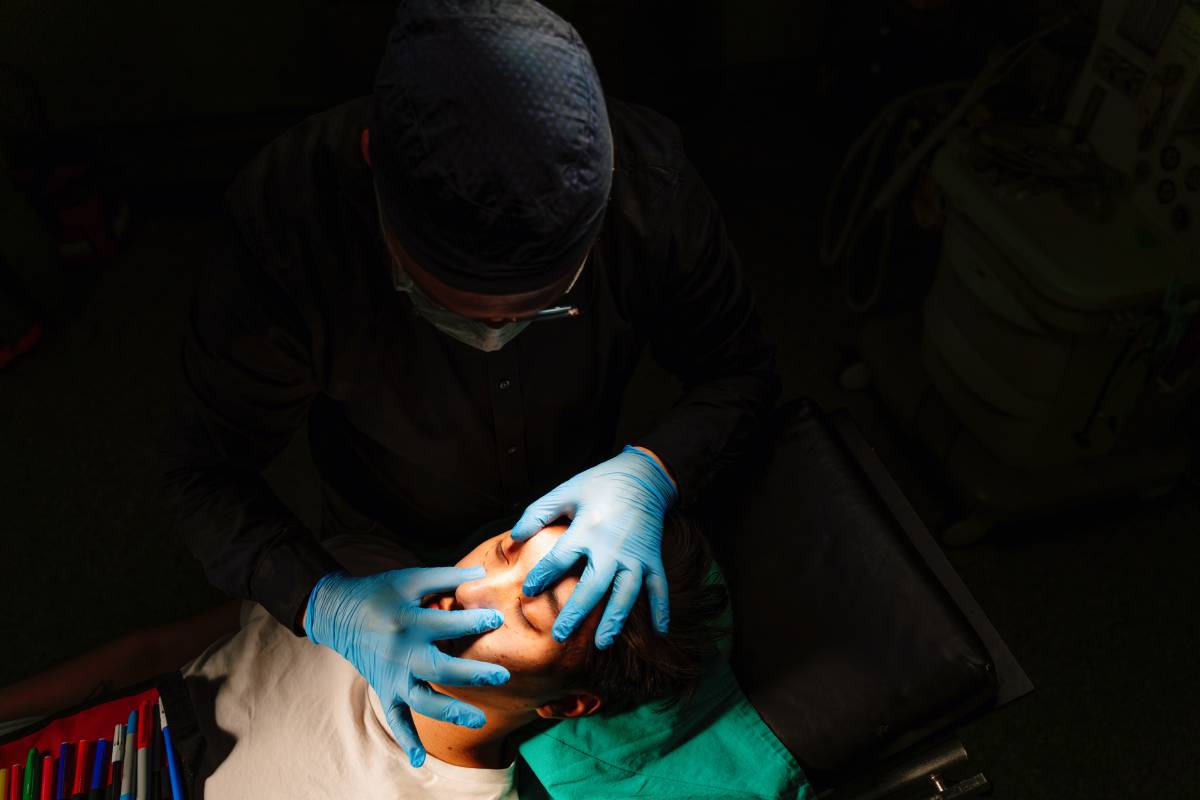Up to 80% of the general population has a deviated nasal septum, which is typically asymptomatic but can cause nasal obstruction which leads to discomfort and difficulty breathing [3]. The current treatment for a deviated septum is a procedure called a septoplasty which aims to straighten out the septum and clear this obstruction, for which anesthesia is an essential consideration to complete successful surgery [3].
The difficulty with treating an obstruction is that the severity of septal deviation has little to do with degree of obstruction, which is likely why septoplasty is only successful 65-80% of the time, according to patient satisfaction surveys [3]. A concurrent reason why septoplasty is not more effective is the misdiagnosis of other causes of nasal obstruction, such as nasal valve collapse [4]. This condition typically needs more surgical correction than a septoplasty but there is no gold standard for diagnosis of nasal valve collapse, and thus it has the potential to be missed [4]. Therefore, there is a need to further flesh out indications for performing septoplasty vs. a different procedure [4].
Septoplasty can be performed under general or local anesthesia, each of which have advantages and complications associated with them [1]. General anesthesia is associated with better airway protection and patient comfort, but requires endotracheal intubation with mechanical ventilation, and is associated with an almost 20% incidence of emergence agitation (EA) [1,2]. EA is a post-operative state of altered mental status which can endanger patient safety; pain management effectively reduces the incidence of EA and therefore is important in patients undergoing septoplasty with GA [2]. One 2019 paper looked at using infraorbital and infratrochlear nerve blocks to reduce incidence of EA, finding that these nerve blocks do decrease incidence of EA and patient pain scores, increasing patient satisfaction [2].
Local anesthesia is less invasive than GA, but achieving enough anesthesia and analgesia to supplement local anesthesia is a challenge [1]. One paper published in 2015 explored the use of patient-controlled dexmedetomidine as sedation with local anesthesia during septoplasty compared to propofol [1]. Dexmedetomidine offered a similar level of intraoperative analgesia as propofol and was an effective sedative agent without causing respiratory depression [1]. Patient satisfaction scores were also similar between dexmedetomidine and propofol, and dexmedetomidine also decreased the need for intraoperative fentanyl when compared to propofol [1].
Between general anesthesia and local anesthesia, there is still some debate about which works best with patients undergoing septoplasty [1]. Total surgery time, recovery time, and time to discharge were all lower in patients who underwent local anesthesia with sedation, and patients also had lower rates of postoperative nausea and epistaxis [1]. Subjective experience was also reported to be better with local anesthesia with sedation when compared to general anesthesia [1].
Septoplasty is a common and routine option for patients experiencing nasal obstruction due to deviated septum. It is important to ensure that the deviated septum is truly what is causing the obstruction in order for the surgery to be successful, and it is possible to use either general anesthesia or local anesthesia during the septoplasty for good outcomes.
References
- Akça B, Arslan A, Yılbaş AA, Canbay Ö, Çelebi N. Comparison of the effects of patient controlled analgesia (PCA) using dexmedetomidine and propofol during septoplasty operations: a randomized clinical trial. SpringerPlus. 2016 May 10;5:572. doi: 10.1186/s40064-016-2245-y.
- Choi H, Jung SH, Hong JM, Joo YH, Kim Y, Hong SH. Effects of Bilateral Infraorbital and Infratrochlear Nerve Block on Emergence Agitation after Septorhinoplasty: A Randomized Controlled Trial. Journal of Clinical Medicine. 2019; 8(6):769. doi: 10.3390/jcm8060769
- van Egmond MM, Rovers MM, Hendriks CT, van Heerbeek N. Effectiveness of septoplasty versus non-surgical management for nasal obstruction due to a deviated nasal septum in adults: study protocol for a randomized controlled trial. Trials. 2015 Nov 4;16:500. doi: 10.1186/s13063-015-1031-4.
- Wang Y and Bonaparte JP. Diagnosis and management of septal deviation with nasal valve collapse-a survey of Canadian otolaryngologists. Journal of Otolaryngology. 2019; 48(71). doi: 10.1186/s40463-019-0394-z
